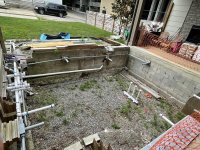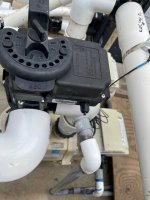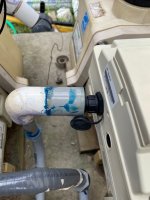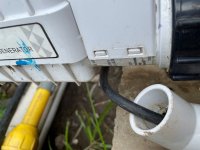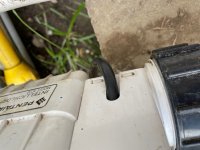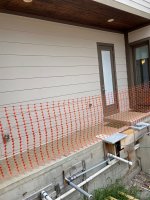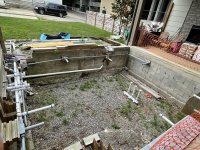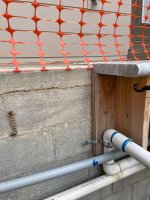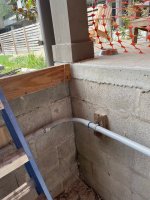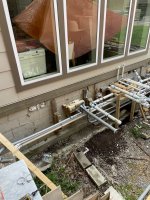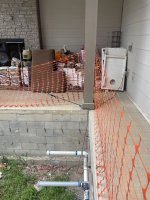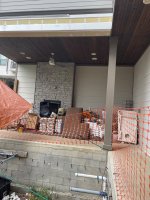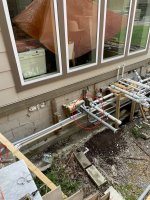Hi all,
So I essentially have concrete cinder blocks for the walls of the pool. We are going to have it rebarred soon, but I was wondering if I need to put some sort of bonding agent for the shotcrete/gunite to adhere well to the concrete cinder blocks? I'm assuming I would be putting this on prior to placing the rebar because it will be hard to do with the rebar in place? Can the bonding agent be applied far in advance of shotcrete? Any agent you would recommend I use?
Thanks so much for your help! P.s. im new to this forum, so if I should be posting somewhere else, please let me know! I attached a picture.
So I essentially have concrete cinder blocks for the walls of the pool. We are going to have it rebarred soon, but I was wondering if I need to put some sort of bonding agent for the shotcrete/gunite to adhere well to the concrete cinder blocks? I'm assuming I would be putting this on prior to placing the rebar because it will be hard to do with the rebar in place? Can the bonding agent be applied far in advance of shotcrete? Any agent you would recommend I use?
Thanks so much for your help! P.s. im new to this forum, so if I should be posting somewhere else, please let me know! I attached a picture.


